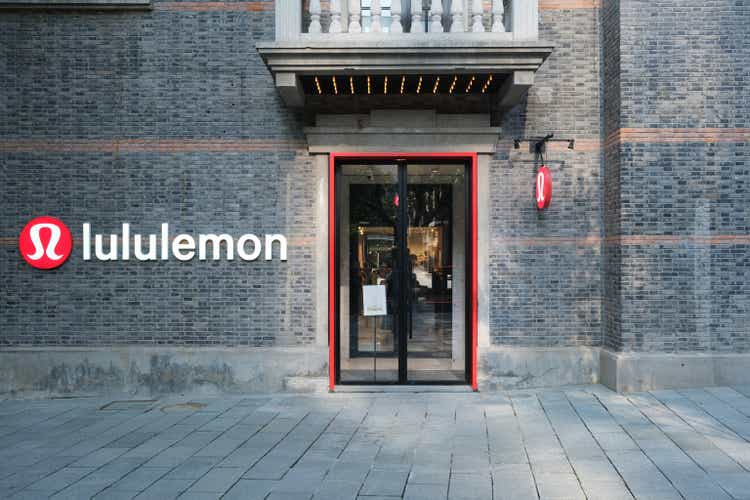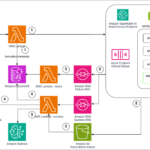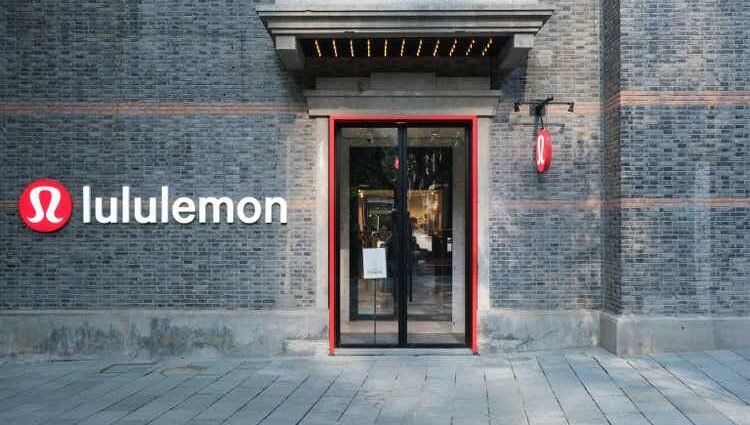
Robert Way
As debates wage whether Lululemon (NASDAQ:LULU) can cling to its top spot in the athleisure category with rivals nipping at its heels, Jefferies analyst Randal Konik looks at another rivalry that ended the reign of Coach (TPR) as the number one luxury handbag brand.
Coach (TPR) was once the preferred handbag of the well-heeled and aspirational buyers with a strong revenue base in the early 2010s until Michael Kors’ (CPRI) muscled in on the high-end handbag category. Michael Kors (CPRI) was able to rapidly garner interest across the U.S. because of product innovation, market positioning, differentiated celebrity endorsements, and aggressive retail expansion, Konik says.
“We believe a similar story could be ahead for LULU as early-stage growth companies continue to drive brand momentum/retail expansion,” he adds.
The Kors/Coach analogy could shed light on the competitive landscape facing Lululemon (LULU). Once Michael Kors (CPRI) surpassed Coach (TPR), Coach’s (TPR) market capitalization was reduced by more than half while at the same time, Capri’s market capitalization (the parent company of Michael Kors) swelled from ~$5B to ~$20B.
Lululemon’s (LULU) challengers – Alo Yoga and Vuori – are still in the early stages of their growth trajectories and generating healthy brand momentum. More worrisome, the two are taking a unique strategy to lure customers away from Lululemon (LULU) by placing 85% (Alo) to 90% (Vuori) of their stores in proximity to Lululemon.
“Given our [Under Armour] case study and the impact Kors had on Coach, we recommend investors actively monitor Alo and Vuori’s store expansion efforts,” Konik cautions.
Konik’s research also shows that foot traffic for Alo and Vouri outpaces Lululemon (LULU) with Alo’s increasing by 12% in April versus 1% for Lululemon (LULU). For Vuori, foot traffic followed the broader athletic apparel landscape, with June up 2% versus -2% for Lululemon (LULU).
Investors held their breath ahead of LULU’s results, but the company seemed to deliver as Lululemon announced Q1 results that included a beat for profit and sales and a raise to FY25 EPS demonstrating the brand’s resilience in an environment of shifting consumer spending and changing tastes. The results launched shares higher and seemed to extinguish concerns about competitors and shifting fashion trends.
Regrettably for LULU investors, the spike was short-lived as shares surrendered gains and spent most of the next 23 days in retreat.
Konik was an early detractor of Lululemon (LULU) and warned early on that the “Lululemon brand has peaked, and we anticipate relentless competition ahead.” His thesis seems to be playing out as Lululemon (LULU) — despite a post-earnings rally — has retreated by 9% and is down 43% YTD versus +18% for the S&P 500.
Furthermore, Konik warns that as the North American sportswear market returns to a more normalized growth rate and LULU navigates a more difficult consumer environment, “we believe the company’s margin results and sales per square foot should decline over the coming quarters.”
Even with the poor performance of the stock with solid Q1 results, Wall Street analysts and Seeking Alpha authors remain bullish on the stock with an average Buy rating. Seeking Alpha’s Quant rating views Lululemon (LULU) more cautiously with a Hold rating.










